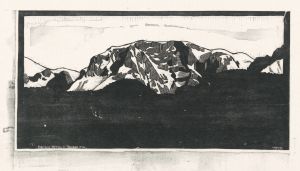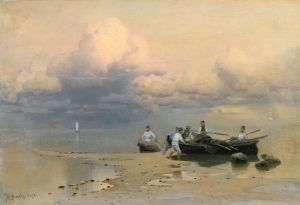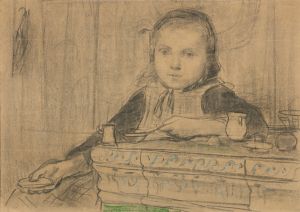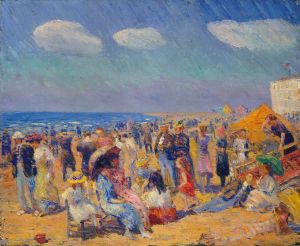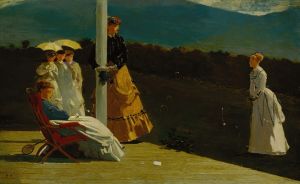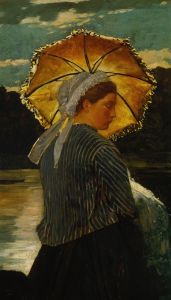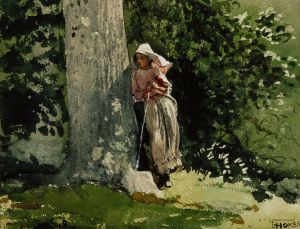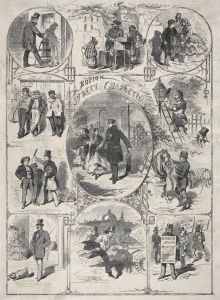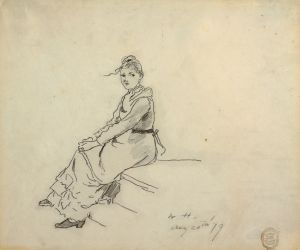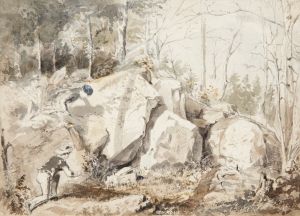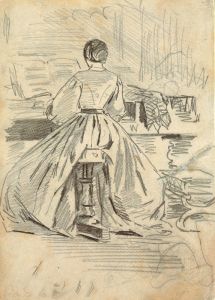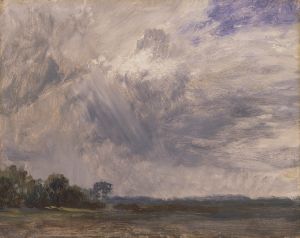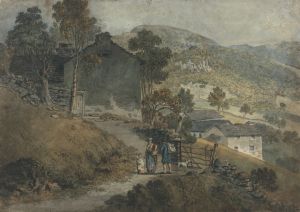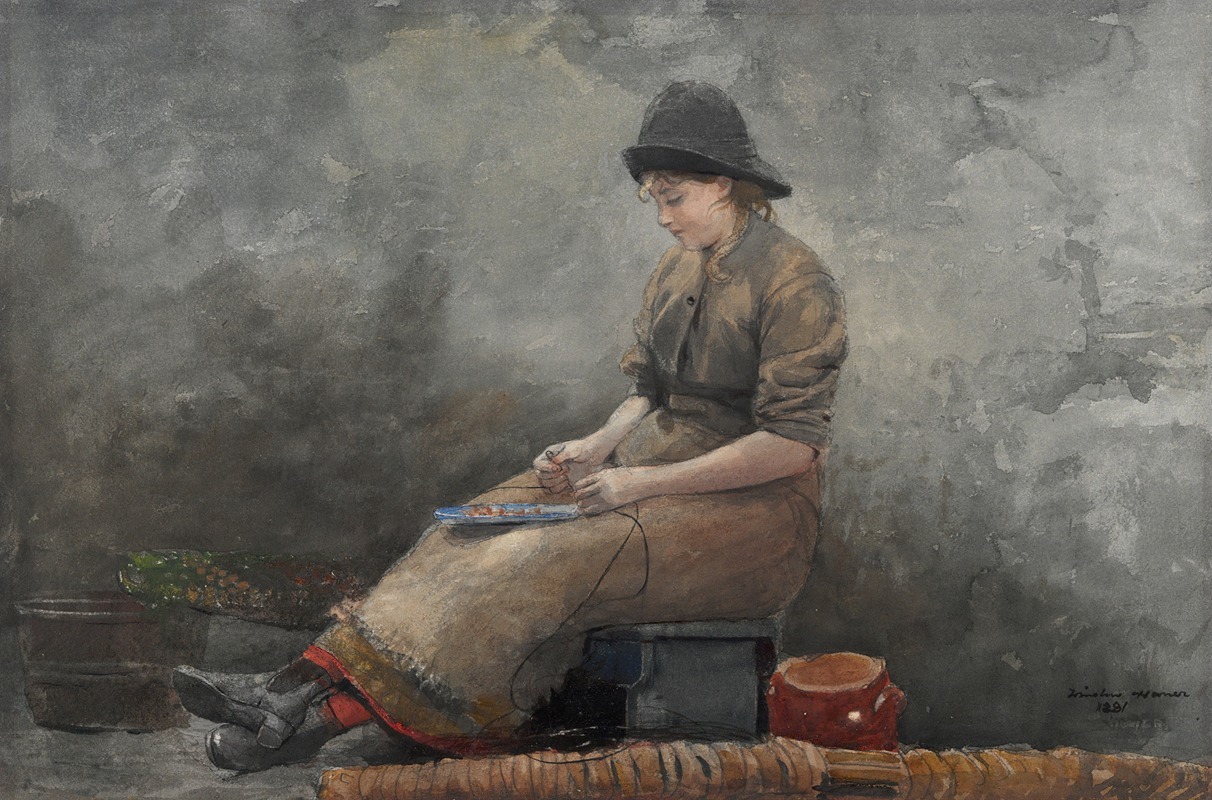
A Fishergirl Baiting Lines
A hand-painted replica of Winslow Homer’s masterpiece A Fishergirl Baiting Lines, meticulously crafted by professional artists to capture the true essence of the original. Each piece is created with museum-quality canvas and rare mineral pigments, carefully painted by experienced artists with delicate brushstrokes and rich, layered colors to perfectly recreate the texture of the original artwork. Unlike machine-printed reproductions, this hand-painted version brings the painting to life, infused with the artist’s emotions and skill in every stroke. Whether for personal collection or home decoration, it instantly elevates the artistic atmosphere of any space.
Winslow Homer’s A Fishergirl Baiting Lines is an oil painting created in 1874. The artwork depicts a young woman engaged in the task of baiting fishing lines, a common activity in coastal communities during the 19th century. Homer, an American artist renowned for his realistic depictions of everyday life and his mastery of light and atmosphere, painted this work during a period when he was deeply inspired by maritime themes and the lives of working people.
The painting is set in a coastal environment, with the fishergirl seated outdoors, surrounded by fishing equipment. Homer’s attention to detail is evident in the rendering of the figure’s clothing and the tools she uses, which reflect the practical attire and implements of the time. The composition emphasizes the solitary nature of the task, highlighting the quiet dignity of the subject’s work. The muted color palette and naturalistic lighting contribute to the painting’s sense of realism and connection to the environment.
This artwork is part of Homer’s broader exploration of themes related to labor, nature, and the human condition. During the early 1870s, Homer traveled to various coastal regions, including Gloucester, Massachusetts, and the fishing villages of England, where he observed and sketched scenes of maritime life. These experiences influenced his artistic focus and led to the creation of several works that celebrate the resilience and industriousness of individuals in these communities.
A Fishergirl Baiting Lines is characteristic of Homer’s transition from his earlier career as an illustrator to his mature style as a painter. By the mid-1870s, he had begun to move away from the narrative-driven works of his earlier years and toward a more nuanced exploration of mood and atmosphere. This painting reflects his growing interest in capturing the interplay between humans and their natural surroundings.
The current location of A Fishergirl Baiting Lines is not widely documented, and it is unclear whether the painting is part of a public collection or remains in private hands. However, it is recognized as an important example of Homer’s work during this formative period of his career.
Winslow Homer (1836–1910) is considered one of the most significant American artists of the 19th century. His works, including A Fishergirl Baiting Lines, continue to be celebrated for their technical skill, emotional depth, and ability to convey the essence of American life and landscapes.





